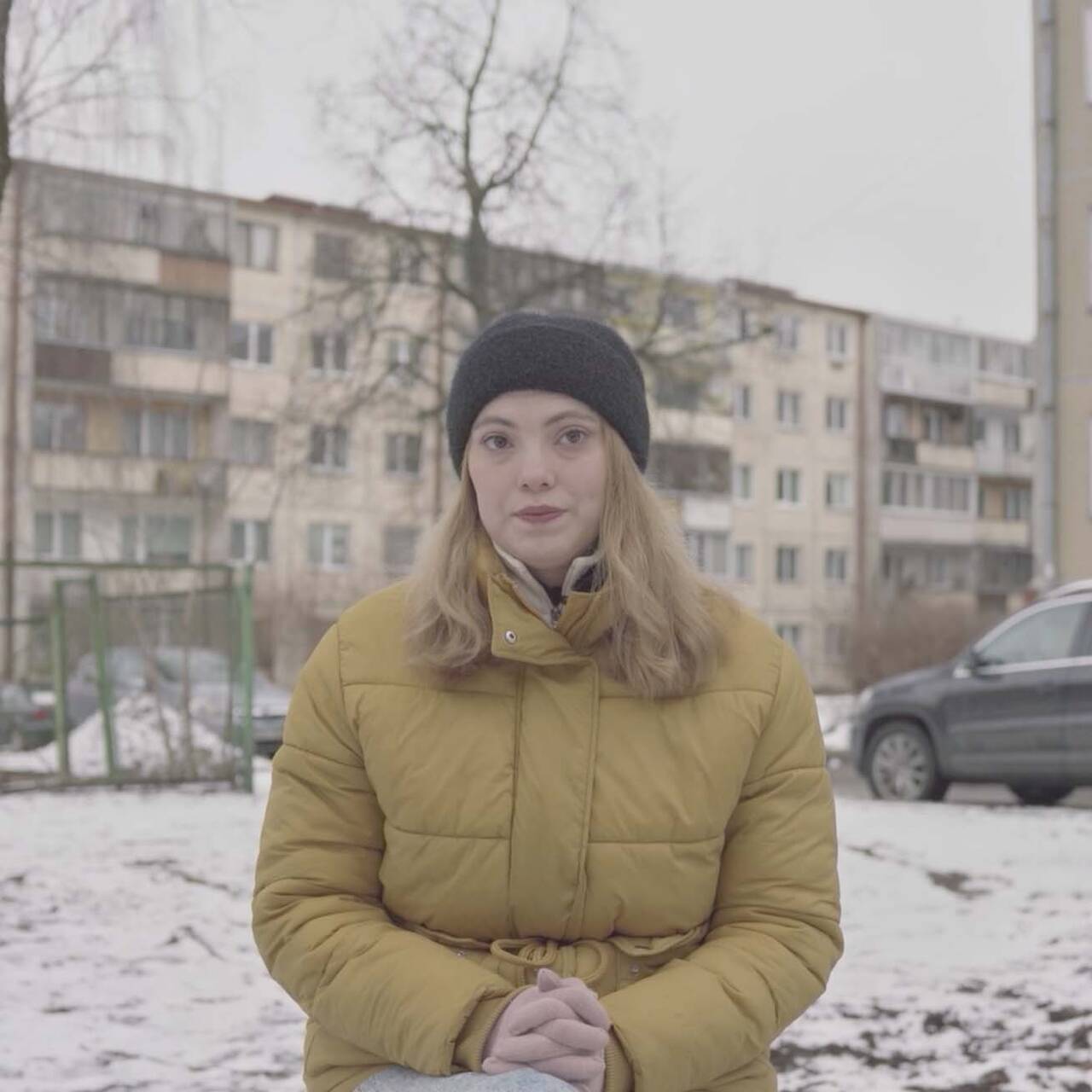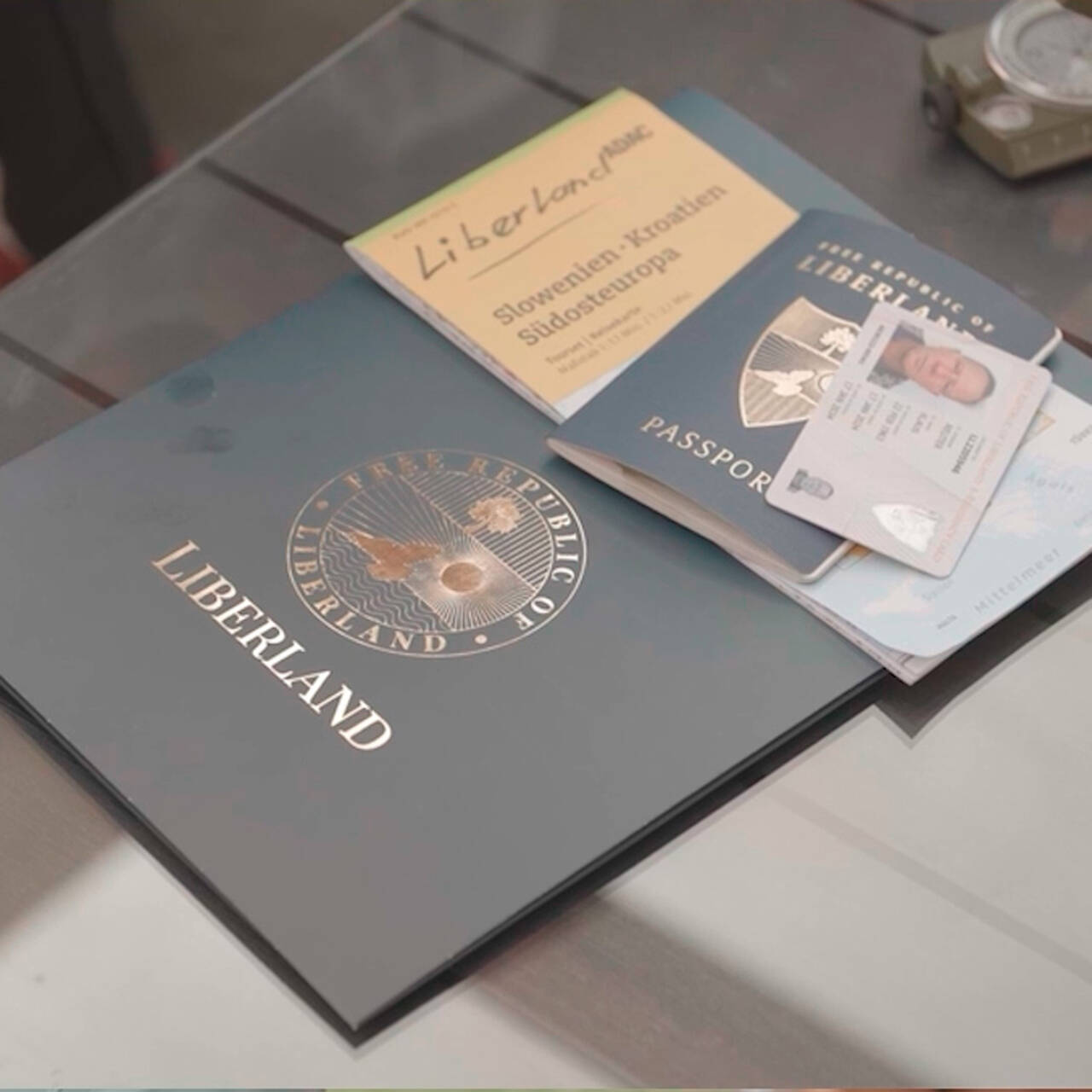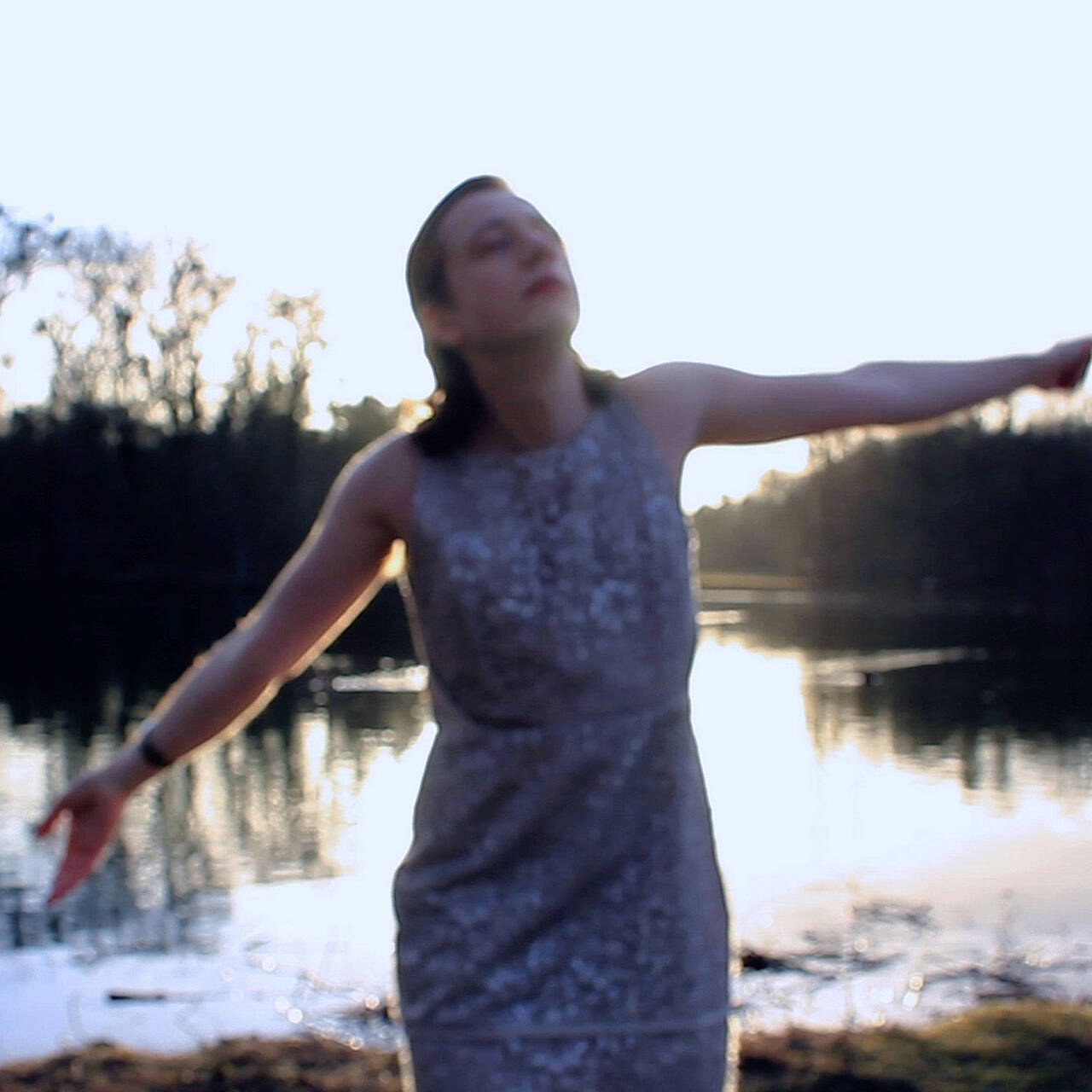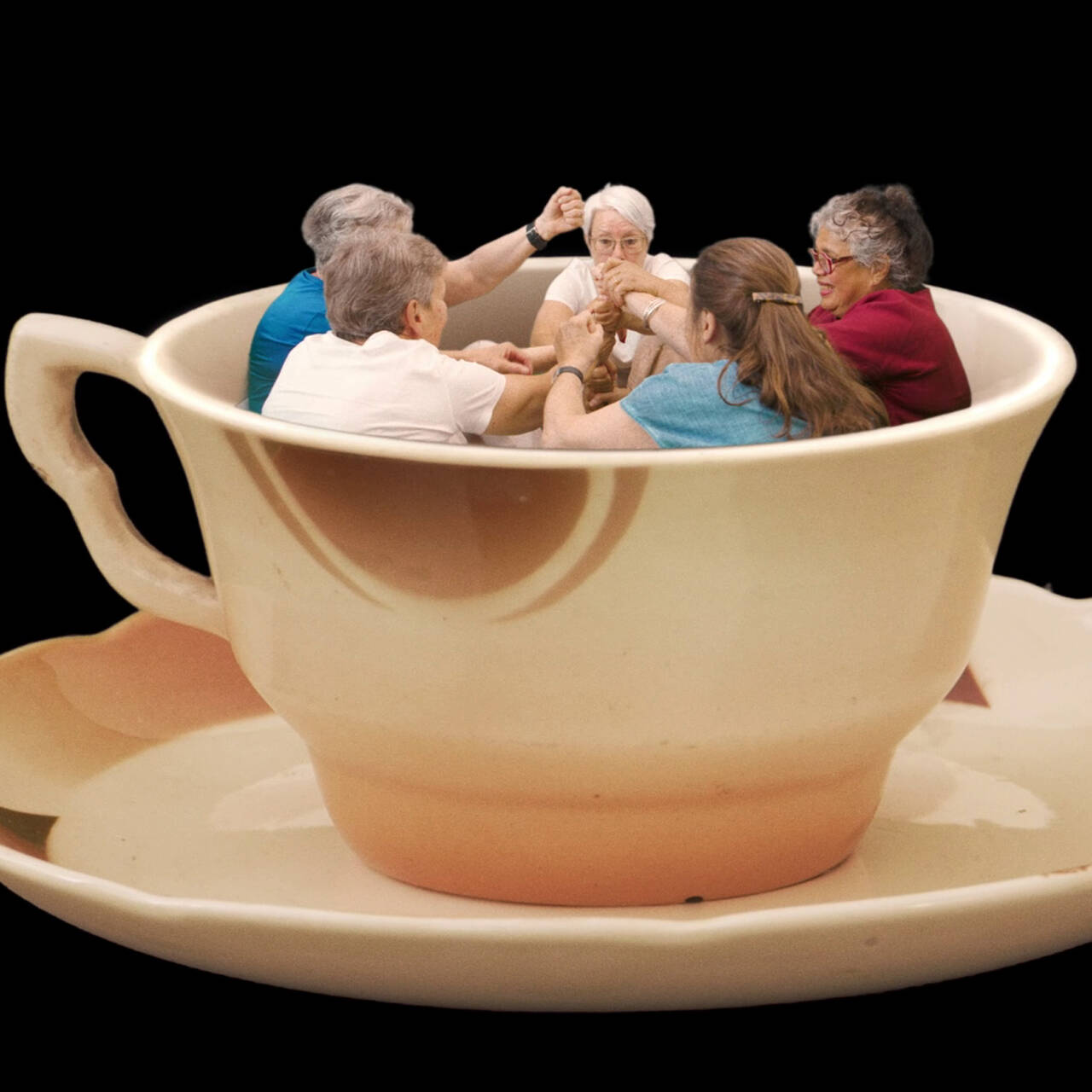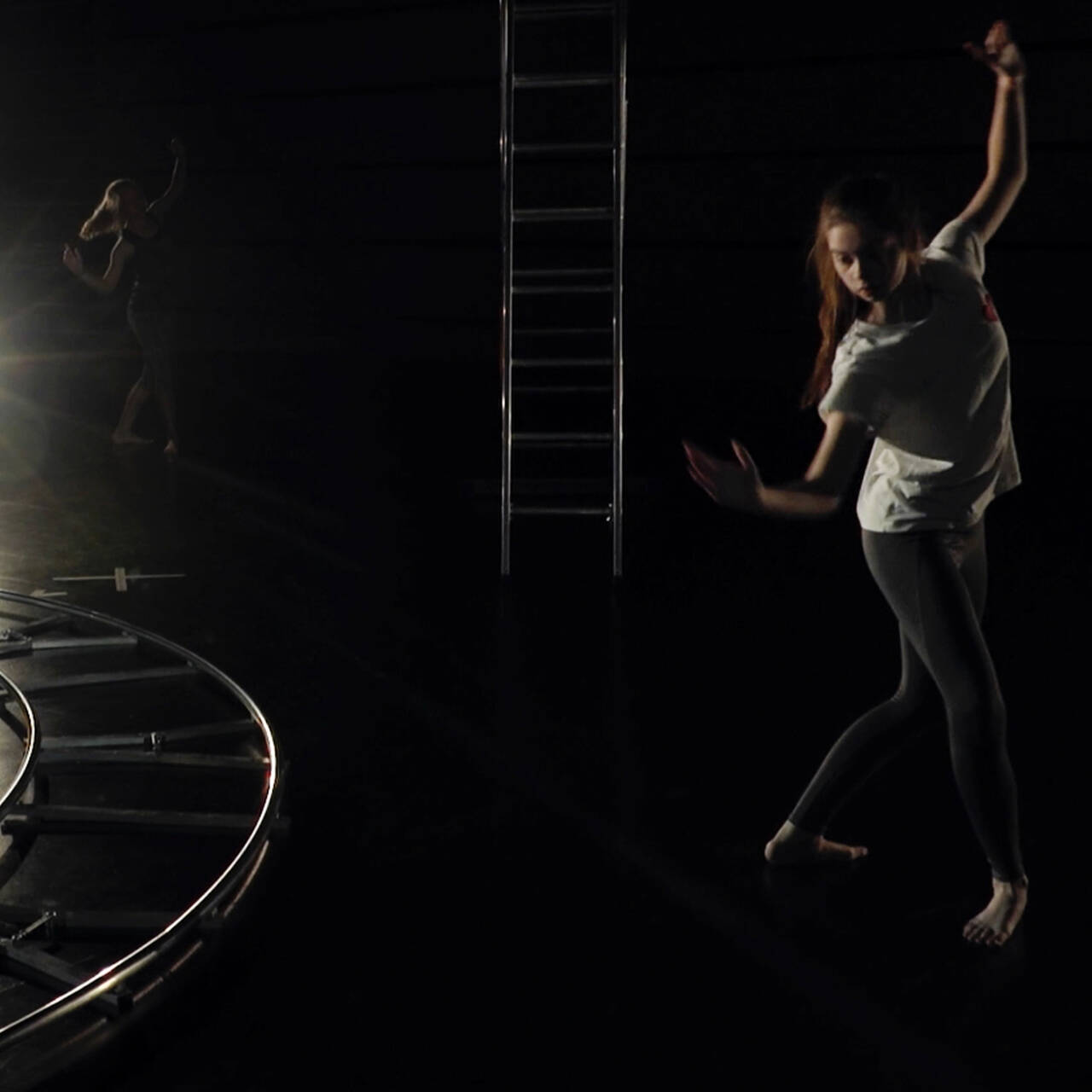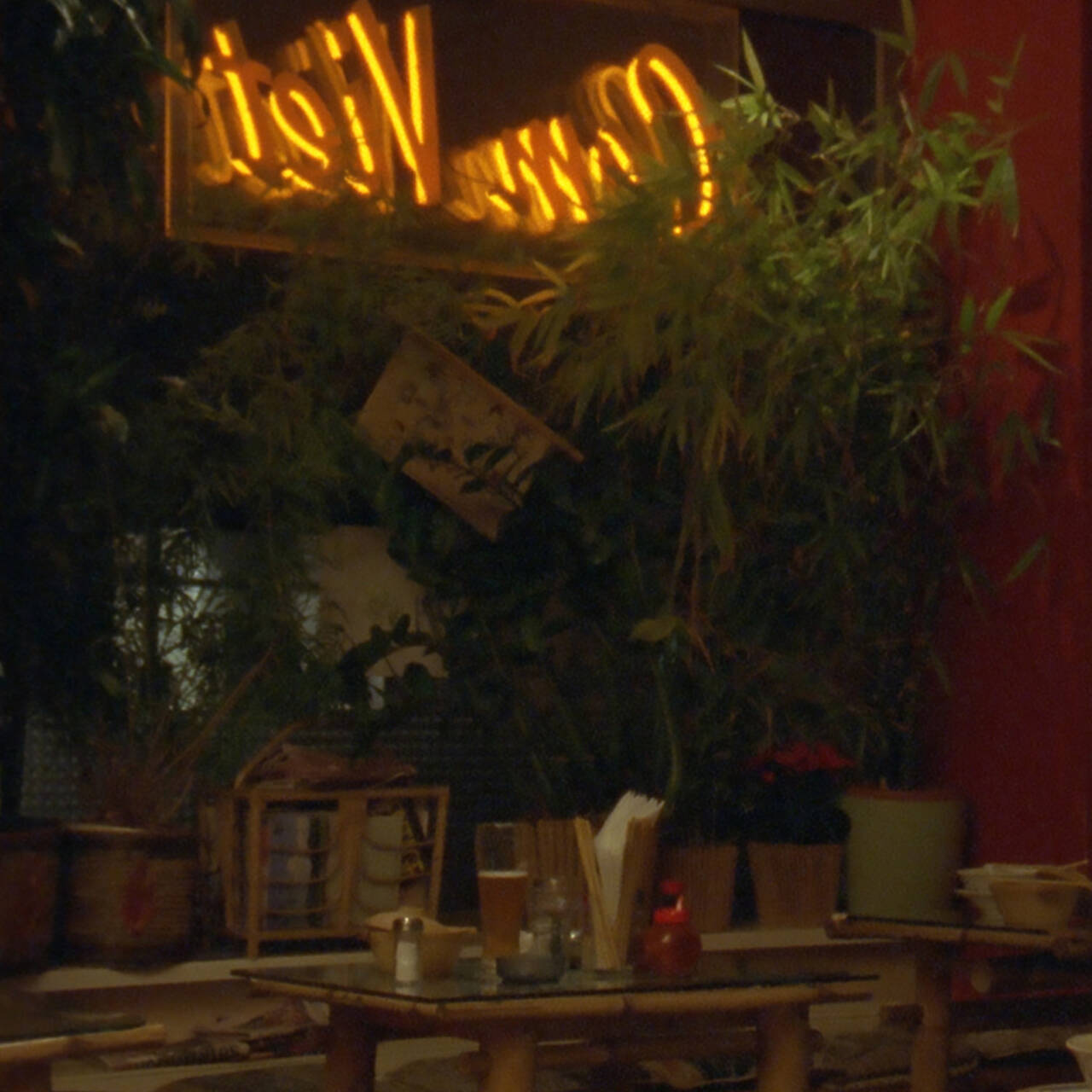Video artist Sandra Schäfer provides insights into a reconstruction project of Hezbollah after the Lebanon War. And examines how architecture influences memory and identity.
On tracing paper, Rahif Fayad uses a thick black pen to draw a small quadrangle. Rahif Fayad is an architect and the tracing paper rests on a city map of Beirut. “Our project was limited to this,” he says, and points with his index finger at the box that marks out the district of Haret Hreik. As he colors in the square with a pink highlighter pen, he explains that the task at hand was to reconstruct the area, and that this was by no means a conventional district reconstruction. We also had to recreate the social fabric, he explains, especially because the actors involved were in a state of resistance.
Our project was limited to this.
You didn’t need to commemorate the War by preserving the condition of a few destroyed buildings, because war would inevitably return – the endlessly enduring conflict with Israel. His voice, like all the other voices in Sandra Schäfer’s video work “Constructed Futures: Haret Hreik” (2017), comes from off-screen. For her documentary film, the artist found her way into what is outwardly unrecognizable as the headquarters of Hezbollah. During the Lebanon War in 2006 Haret Hreik was severely bombed by the Israeli army and then swiftly reconstructed by Hezbollah.
With clear, unmoving images and stories from various interviewees, over four chapters Schäfer gives an insight into this ideologized reconstruction project, which is punctuated with the political messages of Hezbollah and appears almost as forcible as the destruction itself.

Although, throughout the 27 minutes of the film, Sandra Schäfer remains close to the ideological system of the Shiite militia, she also manages to maintain her distance from it – and not only by means of the off-screen voices, which enhance the pictorial impact of the hermetically sealed spaces in which the ideology appears to simply move in a circle around itself. Even at the beginning of the film, Sandra Schäfer incorporates the sound recording of a security control. She thus clarifies that her intention is to make recordings for a documentary, to exhibit, and that she is not working on behalf of any political party or similar organization.
A construction project of Hezbollah, almost as violent as the destruction itself
In the offices, the manager of the so-called Waad Project subsequently explains the scope and intentions of the measures. It quickly becomes clear: Hezbollah cares for and provides for its followers completely, and they react with loyal devotion. This notion is heightened by the propaganda videos, the screening of which Schäfer films in a conference room – a film within a film, maintaining distance from what is actually being portrayed.


Sandra Schäfer, Constructed Futures: Haret Hreik, 2017, installation view, 2017, VG Bild-Kunst, Image via mazefilm.de
The statements by the architect in the second part of “Constructed Futures: Haret Hreik” ultimately solidify the integration of ideology into the urban space. This aspect forms part of Sandra Schäfer’s artistic doctoral thesis on militant image politics, which she completed in 2018 at the Hochschule für bildende Künste Hamburg (University of Fine Arts of Hamburg). Here, among other things, she addresses the question of how power relationships are expressed in architecture and thus influence memory and identity. This also includes the project “Constructed Futures: Mleeta” (2016) about the Resistance Museum of the same name. Both films were shown at the 66th and 67th Berlinale festivals in the section Forum Expanded.
The fact that Schäfer shows only interiors is down to her decision to carry out the filming officially and not in secret. The guidelines enforced by Hezbollah’s media office for filming were too strict and too risky for her. The third chapter takes us to the apartment, also in Haret Hreik, of a former employee of the Waad Project, who talks about her martyred son.
Propaganda and personal grief compete with one another
Along with shots of photos of him and his personal effects, propaganda and private grief compete with one another, their immediacy broken once again by the intervention of an interpreter. If Sandra Schäfer, as she says herself, is researching the methods of both Hezbollah and herself as a producer of images in her dissertation project, it is immediately apparent why she chose “Close-Up” as the second film. After all, this communicates what it aims to convey with the same unity of form and content – both must and can be understood and read only simultaneously.

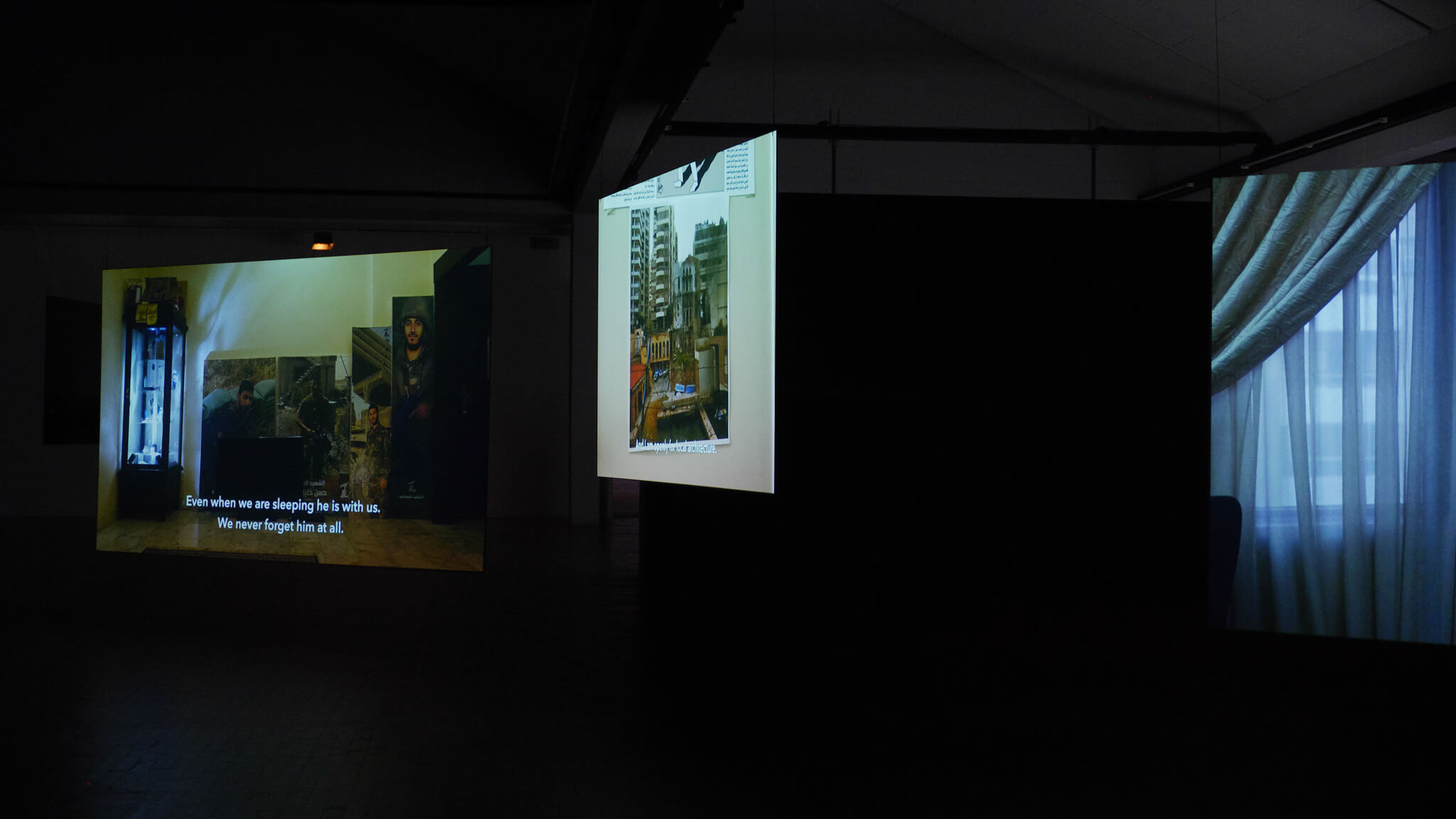
Sandra Schäfer, Constructed Futures: Haret Hreik, 2017, Video still, VG Bild-Kunst, Image via mazefilm.de
In his docudrama from the year 1990, Iranian director Abbas Kiarostami interweaves fiction and reality so complexly that he not only throws up questions about the effects of cinema on our lives, but also prompts a reflection of identity and self-expression. Based on a reportage about unemployed con man Hossein Sabzian, this semi-documentary film focuses on his court case. He has tricked an affluent family by posing as famous filmmaker Mohsen Makhmalbaf, getting them to lend him money and frequently staying at their house.
With Sabzian’s agreement, Kiarostami shoots a film about him and is present in the court hearing with his two 16-mm cameras. When he feels misunderstood by the court, Sabzian is supposed to talk into an extra camera trained on him, which captures moments of his remorse in close-up. It is in this, the “close-up” of the film’s title, that the significance of its main subject unfolds. As the great artist Makhamalbaf, Sabzian can show himself in a way he would otherwise never be able to, can express himself in a way that garners the attention and respect of his listeners. Here, the principle applies: There is no deception without someone wanting to be deceived. Ultimately, Sabzian’s self-deception examined in “Close-Up” is reminiscent of those identity-forming ideologies through which one can just as easily deceive oneself.







